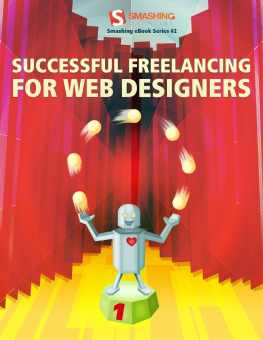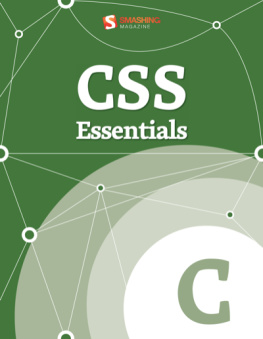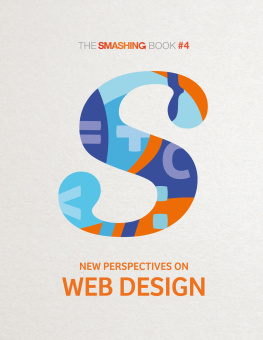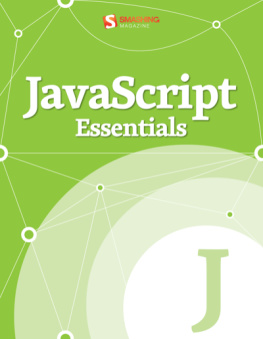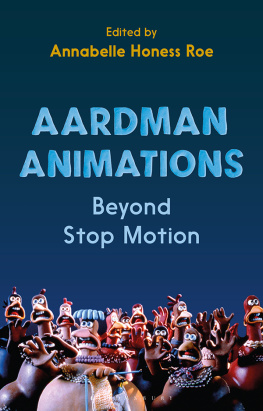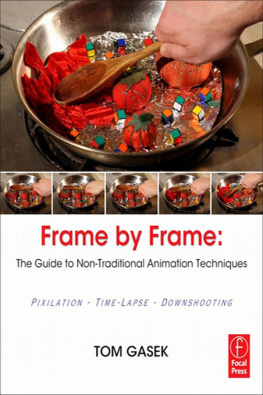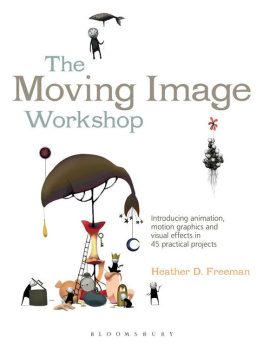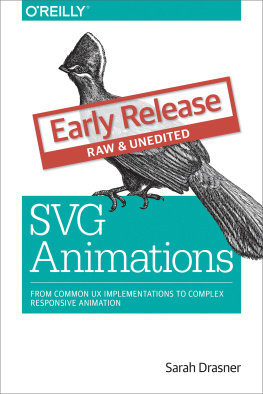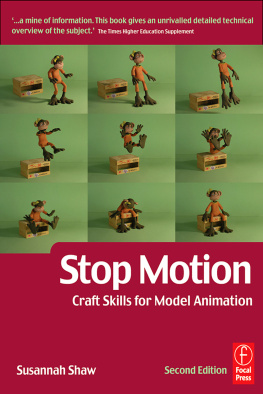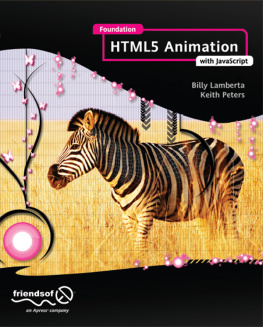Smashing Magazine - The Web In Motion: Practical Considerations For Designing With Animation
Here you can read online Smashing Magazine - The Web In Motion: Practical Considerations For Designing With Animation full text of the book (entire story) in english for free. Download pdf and epub, get meaning, cover and reviews about this ebook. year: 2015, publisher: Smashing Magazine GmbH, genre: Home and family. Description of the work, (preface) as well as reviews are available. Best literature library LitArk.com created for fans of good reading and offers a wide selection of genres:
Romance novel
Science fiction
Adventure
Detective
Science
History
Home and family
Prose
Art
Politics
Computer
Non-fiction
Religion
Business
Children
Humor
Choose a favorite category and find really read worthwhile books. Enjoy immersion in the world of imagination, feel the emotions of the characters or learn something new for yourself, make an fascinating discovery.

- Book:The Web In Motion: Practical Considerations For Designing With Animation
- Author:
- Publisher:Smashing Magazine GmbH
- Genre:
- Year:2015
- Rating:4 / 5
- Favourites:Add to favourites
- Your mark:
The Web In Motion: Practical Considerations For Designing With Animation: summary, description and annotation
We offer to read an annotation, description, summary or preface (depends on what the author of the book "The Web In Motion: Practical Considerations For Designing With Animation" wrote himself). If you haven't found the necessary information about the book — write in the comments, we will try to find it.
After the golden times of Flash were over, animations led a rather shadowy existence on the web for quite some time. They were considered as unnecessary gimmicks and superfluous add-ons, but things were about to change. With apps already benefiting from their responsive interfaces, the importance of both animation and motion design, as well as their ability to make the user experience more delightful, was growing evermore. The questions tackled and discussed in this eBook are bound to help you grasp what meaningful motion design is all about and how you can implement it into your own projects.
TABLE OF CONTENTS:
- The State Of Animation 2014
- A Quick Look Into The Math Of Animations With JavaScript
- Animating Without jQuery
- Faster UI Animations With Velocity.js
- Using Motion For User Experience On Apps And Websites
- Understanding CSS Timing Functions
- Styling And Animating SVGs With CSS
Smashing Magazine: author's other books
Who wrote The Web In Motion: Practical Considerations For Designing With Animation? Find out the surname, the name of the author of the book and a list of all author's works by series.


